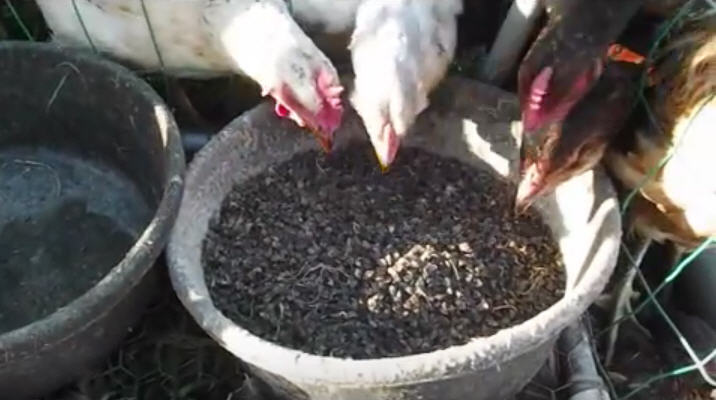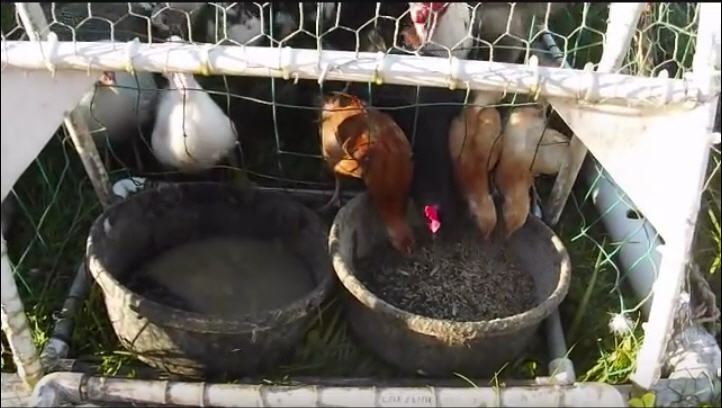The 3-4-5 Rule
When planning a new coop (or any other structure), it’s best to start on the right foot. In most cases, the right foot calls for right angles, which aren’t always the easiest things to set up. While framing squares and similar tools can come in handy, they’re not always the best solution for straightening up a large-scale footprint. So if you find yourself struggling to square up corners while laying out a new chicken coop or run, consider turning to an even simpler, older method.
Remember algebra class? You might not want to, if you’re anything like us, but it’s time for one of those old formulas to come in handy:
a2 + b2 = c2
The Pythagorean Theorem. It’s what we’ll be using to keep those corners right. It’s an ancient, ancient geometric equation that’s been around since Babylon, and for good reason. Put simply, the theorem states that, in a right triangle, the square of length of the hypotenuse (the triangle’s longest side) is equal to the sum of the squares of the other two sides.
That might not seem immediately helpful in our case, but there’s another side to that formula. If you can lay out a triangle in which a2 + b2 really does equal c2 then you’ve just created a triangle containing a right angle, the very thing we need for our corners. Which finally brings us to the 3-4-5 rule.

A 3-4-5 triangle is a very, very basic right triangle. It has a hypotenuse measuring 5 of whatever units you please (yards, feet, light-years – whatever), and two sides measuring 3 and 4 of those units respectively. Here’s how to put those relationships to work:
- Identify where you want to lay out your corner.
- Find some way of marking distance. This can be as simple as a set of pegs, some cord, and a tape measure.
- Measure out three feet on one side of your corner, and four on the other. The two lines should form a rough right angle.
- Measure precisely five feet from the end of your three foot line to the end of your four foot line. Adjust the lines as necessary until you reach that five foot measurement. Once you do, congrats! You’ve made your first correct corner.
- Repeat three times.
At the end of all that, you ought to have a regular, rectangular footprint laid out. Of course, 3-4-5 triangles aren’t the only right triangles, so feel free to adjust that distance as needed. Large structures might call for a 9-12-15 triangle, and small ones might need a 1.4-2-2.5. And so on – adjust as needed, and you’ll have your corners every time. Good luck!

